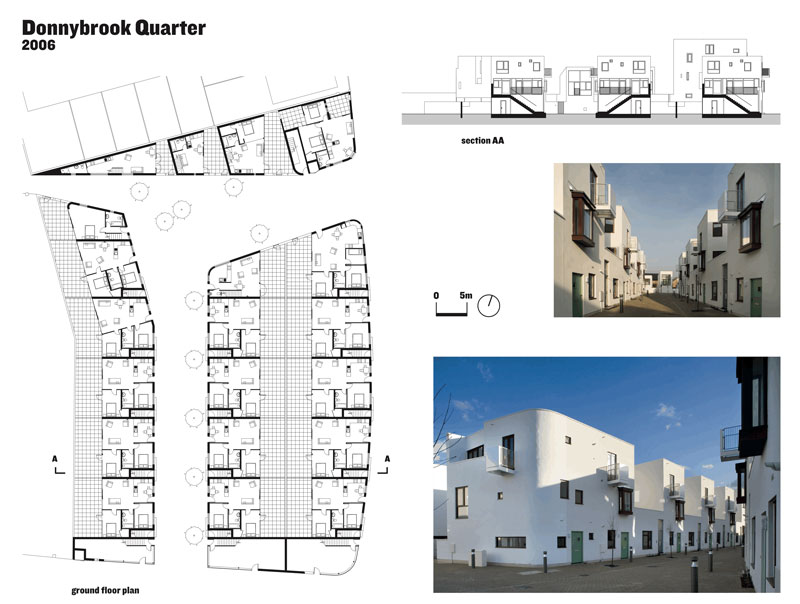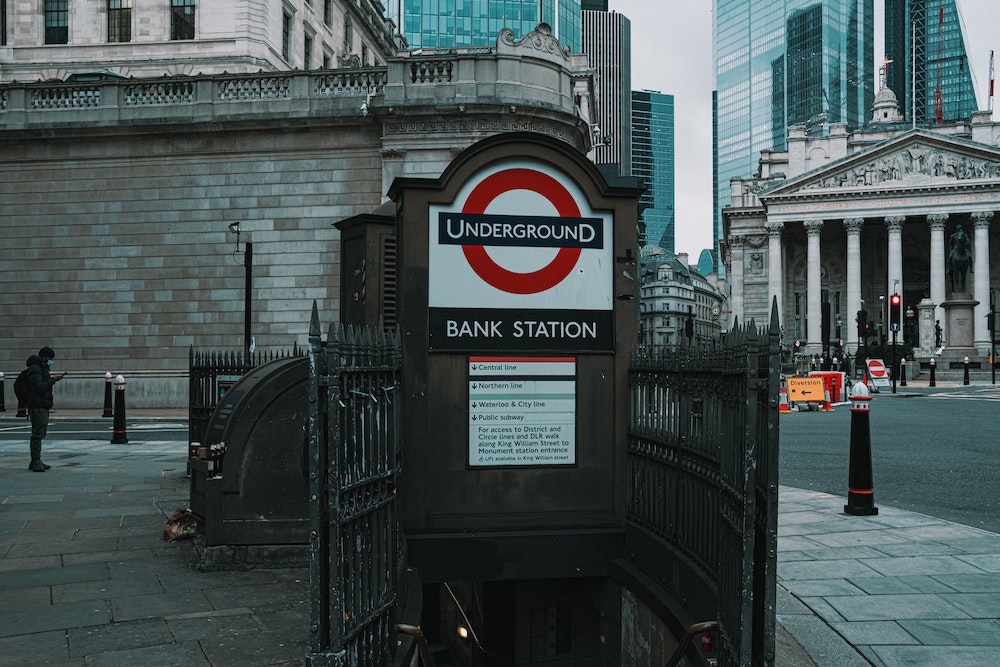I love Helen Rosner, the New Yorker’s food writer, and this
interview is great.
On the challenges that come with developing taste:
“I think of that as the cliff of connoisseurship. When you start
paying attention to something, the margins become much, much, much
smaller – you know, the more knowledge and expertise you have, the
more experience you have. And these tiny margins start mattering more
and more and more and more and more until you’re effectively
communicating in a language that is unintelligible to anybody who is
outside of your micro subreddit, or whatever it might be.
“And you know, it’s nice to be obsessed. It’s nice to find joy in
knowledge and mastery and expertise.”
On the idea of “elevating” (typically non-European) cuisines (typically
by making them more closely resemble European foods):
“Even if we accept ‘elevation’ as a term, and even if we sort of
engage with the idea on its own, in its own context, I think that
elevating is not the same as fixing. I think one way of thinking about
elevating is saying, ‘Here’s something that you have perhaps failed to
appreciate because of its context.’
“And so, when somebody is doing that with food… I think that that can
be quite powerful. We can debate the merits of whether culinary
diplomacy is successful… but it might be a way of reaching the
culture, the moneyed people and saying, ‘Hey, pay attention to this
thing that you’ve previously dismissed as food that does not rise to
your level, and recognize that not only are you worthy of it, but
perhaps we’re not even worthy of it, it is greater than you had
previously imagined.’”
#








